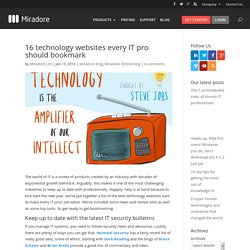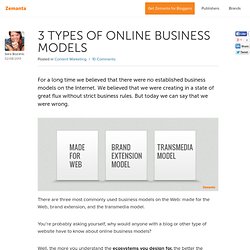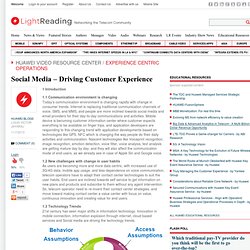

16 technology websites every IT pro should bookmark. The world of IT is a vortex of products created by an industry with decades of exponential growth behind it.

Arguably, this makes it one of the most challenging industries to keep up to date with professionally. Happily, help is at hand because to kick start the new year, we’ve put together a list of the best technology websites sure to make every IT pros’ job easier. We’ve included some news and review sites as well as some top tools. So get ready to get bookmarking. Keep up to date with the latest IT security bulletins If you manage IT systems, you need to follow security news and advisories. If you’re busy and really need just the alerts, a good way would be to subscribe to e-mail alerts from The US Computer Security Response Team (US-CERT) and that of any other country that is relevant to you (in our case, NCSC-FI).
Keep in the know with news and review Much of what we try to communicate on this blog is about the importance of following trends in IT. Keep on top of your systems. Participation Inequality: Encouraging More Users to Contribute. Higher Education Business Models. Next Gen Tools: CfA Learning Environment March 4, 2014 This innovation brief from Next Generation Learning Challenges (NGLC) focuses on the learning environment that College for America has created for its direct assessment, competency-based educat… The Business Model of Higher Education March 24, 2014 Eric Denna, CIO for the University of Utah and the Utah System of Higher Education, is the 2014 Viewpoints department editor for EDUCAUSE Review . 7 Things You Should Know About Competency-Based Education February 11, 2014 Competency-based education (CBE) awards academic credit based on mastery of clearly defined competencies .

Beyond MOOCs: Is IT Creating a New, Connected Age? December 12, 2013 This brief summarizes key themes from the EDUCAUSE Sprint 2013—“Beyond MOOCs: Is IT Creating a New, Connected Age?” Succeed You and Avenue Scholars Partnership: A Breakthrough Models Academy Design Meets the Real World January 30, 2014 by Dr. January 23, 2014 Speeding Up on Curves January 27, 2014. Trusted Content Discovery The 3 Main Types of Online Business Models Explained. For a long time we believed that there were no established business models on the Internet.

We believed that we were creating in a state of great flux without strict business rules. But today we can say that we were wrong. There are three most commonly used business models on the Web: made for the Web, brand extension, and the transmedia model. You’re probably asking yourself, why would anyone with a blog or other type of website have to know about online business models? Well, the more you understand the ecosystems you design for, the better the results. 1. The service monetization which happens strictly and only online. Look at the Airbnb platform. For the users they are “a community marketplace for unique spaces”, while for the renters they “let you make money renting out your place”. Social Media - Driving Customer Experience. 1 Introduction 1.1 Communication environment is changing Today’s communication environment is changing rapidly with change in consumer trends.

Internet is replacing traditional communication channels of voice, SMS, and MMS, and people are more inclined towards social media and email providers for their day-to-day communications and activities. Mobile device is becoming customer information center where customer expects everything to be available on finger trips, and application developers are responding to this changing trend with application developments based on technologies like GPS, NFC which is changing the way people do their daily activities and communication.
Nascent technologies like Voiceprint recognition, image recognition, emotion detection, voice filter, voice analysis, text analysis are getting mature day by day, and they will also affect the communication mode of end-users, as we already see in case of Apple Siri and Google voice. Source: ZDNet. When does face scanning tip over into the full-time surveillance society? A man walks into a bar.

A screen says: “You’d like a pint of beer.” It’s right. Welcome to 21st Century retail, Minority Report-style. Tesco’s announcement this week that it’ll be installing face-scanning advertising screens in all its 450 petrol stations has detectably raised eyebrows and hackles among many of us who don’t necessarily mind watching a screen, but really don’t want to be watched by one. The screens are part of an ad network managed by Amscreen, part of Alan Sugar’s business empire run by his son Simon.
Amscreen uses real time data about who’s watching the screens supposedly to target ads at the most receptive audiences, presumably touting golf clubs and power tools to the chaps, and perfumes and soft furnishings to the ladies. The age of liberty So will Sugar’s screens steal our souls as we bask in the glow of exquisitely well-targeted ads while we queue to pay for our Tesco unleaded? But we’ve only got the company’s word for it. From spam to surveillance. Start your own online store.